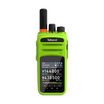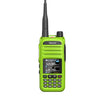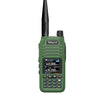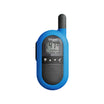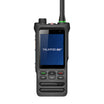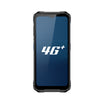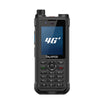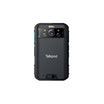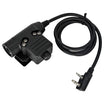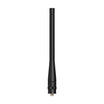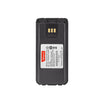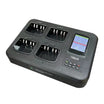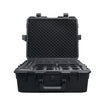Defining Attenuation in Radio Communications
Attenuation, a fundamental concept in the physics of radio communications, refers to the gradual reduction in signal strength as it travels through a medium. In the context of two-way radio systems, this phenomenon can significantly impact the clarity and range of communications. Whether signals are traversing air, buildings, or natural landscapes, they invariably lose intensity, leading to potential communication challenges.
The Impact of Attenuation on Two-Way Radio Systems
For users of two-way radios, attenuation is a critical factor that determines how far and how clearly communications can be carried. Various factors, including distance, frequency, environmental obstacles, and even weather conditions, can contribute to signal attenuation. As the signal weakens, users may experience reduced sound quality, increased static, or complete loss of communication. This is why understanding and managing attenuation is crucial for maintaining effective two-way radio operations, especially in critical fields like emergency services, security, and large-scale event management.
Combating Attenuation in Two-Way Radio Communications
Addressing the issue of attenuation involves multiple strategies, starting with the selection of appropriate radio frequencies. Lower frequencies tend to travel longer distances and penetrate obstacles more effectively than higher frequencies, making them less susceptible to attenuation. However, frequency choice may be limited by regulatory constraints and bandwidth availability.
The use of repeaters is another effective strategy to combat attenuation. Repeaters amplify and retransmit signals, extending their reach and overcoming barriers that cause signal loss. This is particularly useful in large or complex environments like multi-story buildings, sprawling industrial sites, or rugged terrain.
Antenna selection and placement also play a pivotal role in mitigating attenuation. High-gain antennas can enhance signal strength and range, while strategic placement can minimize obstructions and maximize line-of-sight transmission. Additionally, ensuring the use of quality, well-maintained equipment, including cables and connectors, can help reduce unnecessary signal degradation.
Conclusion
Attenuation is an inescapable aspect of two-way radio communications, but its impact can be minimized through informed choices and proper system design. By understanding the nature of attenuation and employing strategies to counteract it, users can enhance the performance and reliability of their two-way radio systems. This is essential not only for ensuring clear, effective communication but also for maintaining safety and operational efficiency in countless scenarios where two-way radios are indispensable.





